Chiara D'Aparo, Vanessa Grasso, Giulia Russo, Trio Clementi - Pennisi, Procaccini, Rota, Clementi, Donatoni, Sollima: Contemporary Italian Trios with Clarinet and Cello (2022) [Hi-Res]
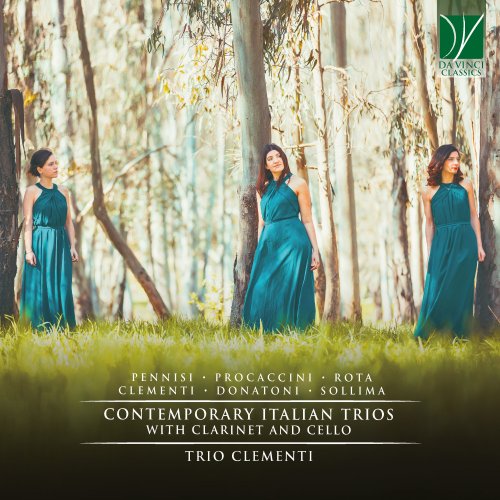
Artist: Chiara D'Aparo, Vanessa Grasso, Giulia Russo, Trio Clementi
Title: Pennisi, Procaccini, Rota, Clementi, Donatoni, Sollima: Contemporary Italian Trios with Clarinet and Cello
Year Of Release: 2022
Label: Da Vinci Classics
Genre: Classical
Quality: flac lossless (tracks) / flac 24bits - 96.0kHz
Total Time: 00:52:07
Total Size: 238 / 940 mb
WebSite: Album Preview
TracklistTitle: Pennisi, Procaccini, Rota, Clementi, Donatoni, Sollima: Contemporary Italian Trios with Clarinet and Cello
Year Of Release: 2022
Label: Da Vinci Classics
Genre: Classical
Quality: flac lossless (tracks) / flac 24bits - 96.0kHz
Total Time: 00:52:07
Total Size: 238 / 940 mb
WebSite: Album Preview
01. Cinque pezzi infantili for Piano 4-Hands: No. 1, Marcetta (Transcription for Clarinet, Cello and Piano by Luciano Maria Serra)
02. Cinque pezzi infantili for Piano 4-Hands: No. 2, Notturnino (Transcription for Clarinet, Cello and Piano by Luciano Maria Serra)
03. Cinque pezzi infantili for Piano 4-Hands: No. 3, Valzer (Transcription for Clarinet, Cello and Piano by Luciano Maria Serra)
04. Cinque pezzi infantili for Piano 4-Hands: No. 4, Siciliana (Transcription for Clarinet, Cello and Piano by Luciano Maria Serra)
05. Cinque pezzi infantili for Piano 4-Hands: No. 5, Polka (Transcription for Clarinet, Cello and Piano by Luciano Maria Serra)
06. Trio for Clarinet, Cello and Piano, Op. 36: I. Allegro vivace e impetuoso
07. Trio for Clarinet, Cello and Piano, Op. 36: II. Andantino
08. Trio for Clarinet, Cello and Piano, Op. 36: III. Presto
09. Trio for Clarinet, Cello and Piano: I. Allegro
10. Trio for Clarinet, Cello and Piano: II. Andante
11. Trio for Clarinet, Cello and Piano: III. Allegrissimo
12. Dedica (For Clarinet, Cello and Piano)
13. Elly (For Clarinet, Cello and Piano)
14. Cerocchi 70 (For Clarinet, Cello and Piano)
15. Voyage (Transcription for Clarinet, Cello and Piano by Giovanni Sollima)
![Chiara D'Aparo, Vanessa Grasso, Giulia Russo, Trio Clementi - Pennisi, Procaccini, Rota, Clementi, Donatoni, Sollima: Contemporary Italian Trios with Clarinet and Cello (2022) [Hi-Res]](https://www.dibpic.com/uploads/posts/2022-09/1663886696_trio-clementi-procaccini-rota-clementi-donatoni-sollima-contemporary-italian-trios-2022-back.jpg)
The combination of clarinet, cello, and piano is possibly the most appreciated ensemble formed by three instruments belonging in three different families. Whilst the most common piano trio is that with violin and cello, the repertoire for clarinet, cello, and piano trio is the most interesting and stimulating ever written for a piano trio with a wind instrument. This is due to the remarkable variety and, at the same time, flexibility, achieved by this ensemble. All three instruments, in fact, have a noteworthy range as concerns pitch: the piano, of course, is one of the most “orchestral” instruments, but both the clarinet and the cello, albeit in different textures, possess a pitch range hardly equalled by other instruments of their same families. Moreover, all three instruments have an immense palette as concerns dynamics, articulation, and timbre: all three can play with great intensity but also with delicacy, and their different registers show markedly different timbral qualities. Last but not least, their three timbres blend magnificently with each other. The cello has an extraordinary singing quality (one which virtually all other instruments secretly envy); the clarinet rivals it in the family of the winds, but has also a more pronounced articulation; thus, it bridges the gap between the cello’s sustained tones and the bright articulation of the piano.
It is no wonder, then, that this particular ensemble has attracted the attention of many great composers in the last three centuries. This Da Vinci Classics album invites us to explore a slice of this repertoire: a fascinating collection of works written in the second half of the twentieth century by some of the most important Italian composers of the era.
Francesco Pennisi was born in Sicily in 1934, and died prematurely in Rome in 2000. His family belonged in the ancient Sicilian aristocracy, and educated him to the cultivation of culture and of the arts. He was a skilled painter, particularly gifted with watercolours, and a passionate self-taught musician. He moved from Sicily to Rome after finishing high school, in 1953, and there he began his formal musical studies: he was taught composition by the American musician Robert Mann. His first affirmations as a composer came rather soon, and already in 1963 he was so established in the local musical panorama that he was one of the initiators of “Nuova Consonanza”. This was a Roman movement to which many of the greatest Italian composers of the time adhered, and which aimed at promoting contemporary music selected from the best works written by international and local musicians. Whilst being fully active in the contemporary scene, Pennisi never bent himself passively to the dictates of the avantgardes. His style evolved in time, and absorbed the influences of the early twentieth century, particularly as concerns a refined study of timbre and the quest for transparent, “watercolour” sonorities.
It might seem paradoxical, therefore, to represent Pennisi’s poetics of colour and timbre through a transcription realized by another musician. Instead, this is perhaps the most refined homage one can pay to Pennisi’s creativity, which becomes, in turn, the stimulating factor for further creativity. Moreover, a significant source of inspiration suggesting a likely instrumentation can be drawn from Pennisi’s own original Tre pezzi per clarinetto, viola e pianoforte, written for an ensemble similar to that employed here. And, furthermore, this transcription has as its object Pennisi’s Cinque pezzi infantili per pianoforte a quattro mani, which are the earliest works among those published by Pennisi during his lifetime (they appeared in print shortly before his death, in 1998). Indeed, they even predate the beginning of his formal composition studies with Mann. Finally, the indications provided for the Notturnino reveal that a certain timbral flexibility had already been in Pennisi’s mind: he wrote the Notturnino originally as a piece for chamber orchestra, with the intention of joining it to the orchestral transcription of the other four pieces in the suite; then, the Notturnino was in turn transcribed for four-hand piano duet in order to be incorporated into the published version for four-hand piano duet.
In spite of their unpretentious simplicity, these pieces already reveal Pennisi’s penchant for transparency, lightness, and the combination of interesting pitches producing unusual timbres through their interaction.
Similar to Pennisi, also Teresa Procaccini always strove to find a voice of her own, disregarding what was established (by whom?) as the official aesthetics of the post-War avantgardes. Procaccini was born in Puglia in 1934, and demonstrated her musical talent by pursuing, and completing, Conservatory studies in piano, organ, and composition. Fernando Germani, who taught her organ performance and improvisation, was one of the greatest Italian organists of the twentieth century and a pioneer of Bach performance in Italy. Procaccini is in turn a pioneer, having been – among other things – the first woman ever to have directed an Italian Conservatory. Her multifaceted personality allowed her to teach throughout her career, to write an impressive number of compositions (including a vast output for youth choirs, youth orchestras, and music pedagogy in general), and to organise concerts and cultural seasons. Her approach to musical style has been that of a preserver of tradition, in a conception of the future which is not uprooted from the past.
Her Trio op. 36 was written in Foggia in 1968, but premiered only thirty years later, when it was also published. In its first movement, the composer wove atonal themes and harmonies which however do not diminish its brightness and elan. The second movement is more reflective and contemplative, whilst the third movement is enlivened by the joyful humour and brilliant writing which are the signature traits of Procaccini’s style.
Procaccini’s Trio has therefore much in common with that written by Nino Rota in 1973. Little needs to be told about Rota, one of the most internationally celebrated Italian composers of the twentieth century, known both for his magnificent film scores and for his original works conceived for the concert stage. His Trio recorded here is one of his finest chamber music works, and presents itself as a fanciful and highly creative intertwining of musical personalities. The poetics of unreality frequently explored by Fellini finds here an exquisitely aural shape, where the touching lyricism of the second movement with its conversation between cello and clarinet is framed by the narrative traits of the first and the brilliant, joyful liveliness of the closing movement.
A very different style is that by Aldo Clementi, who was born in Sicily like Pennisi in 1925 and died in Rome in 2011. Clementi attended courses with the greatest representatives of the Italian and international avantgardes, and had his works performed in Darmstadt, the cradle and hotbed of the serialist and post-serialist experimentalism – which Clementi would later harshly criticise. However, in later years, he would progressively purify his writing from its most arduous aspects, particularly thanks to his exploration and study of Bach’s works. His Dedica was written in 1998, when the composer was in his seventies, and represents a gaze from above on his poetics. Premiered in Sermoneta in that same year, it is a short but poignant piece, dense with meaning.
Another miniature, even shorter, is Elly, dedicated to Elliott Carter by composer Franco Donatoni, and written in the same year as Clementi’s Dedica. It is a study in the contrasts of timbre, pitch, articulation and writing, with two fragments in staccato chords framing scales and arpeggios. Donatoni, another of the major figures of Italian music, shares with Clementi a special interest in Bach’s music, as well as the participation in the Darmstadt courses. Another homage is that found in Donatoni’s Cerocchi 70, dedicated to architect Riccardo Cerocchi and to his wife Maria Teresa. Cerocchi had been the founder of the Campus internazionale di musica, and the piece (premiered in Sermoneta in 1998 like Clementi’s Dedica) mirrors an approach rather close to that of the coeval Elly, with its alternating sections between pointillism and longer lines.
Even though Giovanni Sollima is the youngest among the composers whose works are performed in this album, his piece predates several of the others, having been composed when the musician was in his early thirties. Sollima, another Sicilian, is one of the most performed living Italian composers, and is also an internationally appreciated cellist, thus reliving the ancient tradition of the composer-performer. His Voyage brings us into a real spiritual itinerary, starting with enchanted atmospheres and progressively gaining momentum, in a piece where exotic feelings (suggested by the use of Eastern scales) blend with a very Western energetic beat, reminiscent of – possibly – a train journey (on the Orient Express?). This piece was originally conceived for trio with piano, clarinet, and violin or viola, but transcribed for performance with the cello by the composer himself.
Together, the pieces collected in this album represent a unique insight into the changing, multifaced, and diverse poetics of the last decades on the Italian scene. They also demonstrate that great art needs not to be impervious or unfriendly toward the listener. On the contrary, they show that true mastery of the musical language can innovate it from within, without cutting off the links with the history behind us.
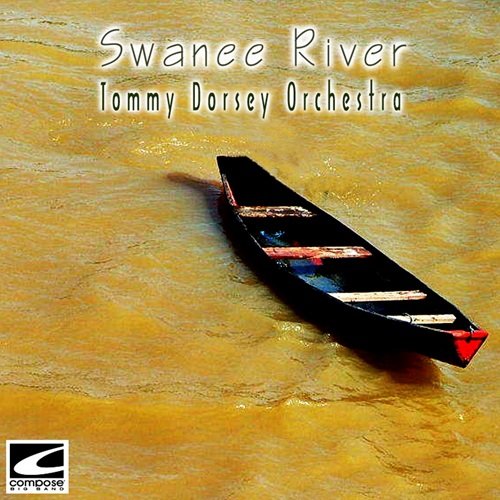
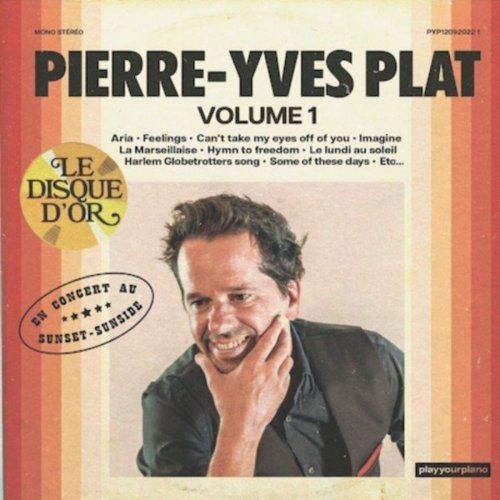
![Lionel Hampton - Jam Session in Paris (Remastered) (2022) [Hi-Res] Lionel Hampton - Jam Session in Paris (Remastered) (2022) [Hi-Res]](https://www.dibpic.com/uploads/posts/2025-12/1766737729_lhjp500.jpg)
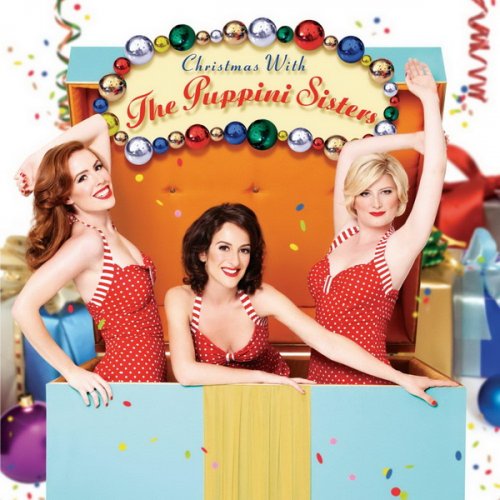
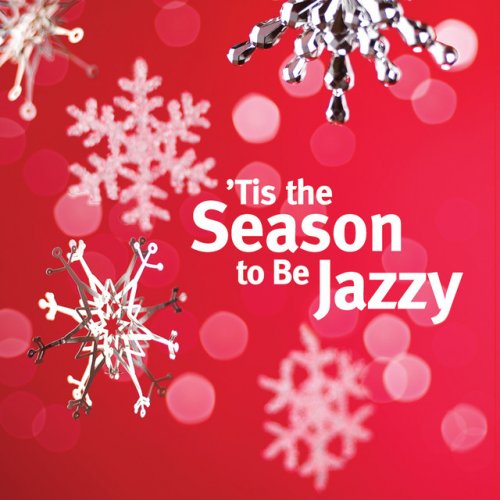
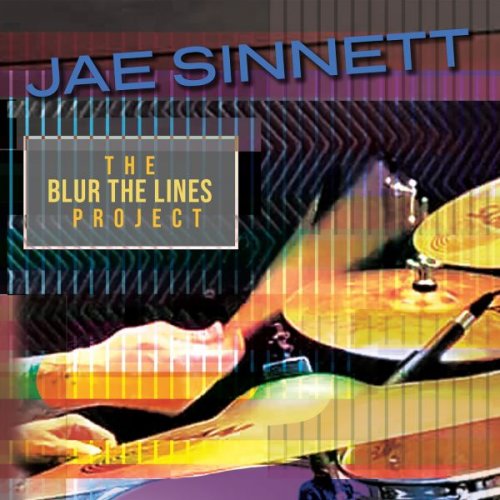
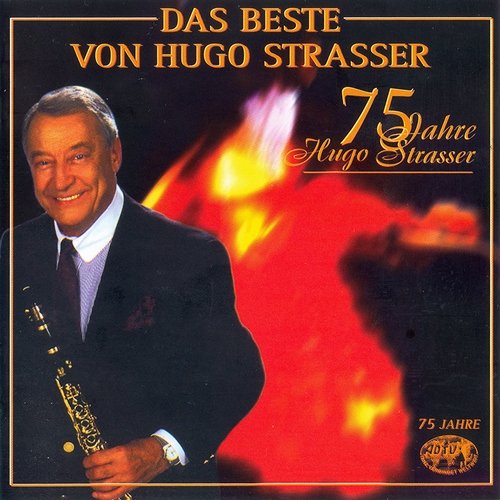
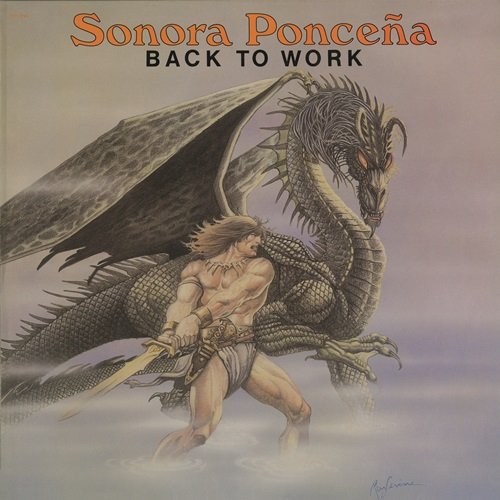
![The Second Hand Orchestra - SNOW, This Is Christmas (2025) [Hi-Res] The Second Hand Orchestra - SNOW, This Is Christmas (2025) [Hi-Res]](https://img.israbox.com/img/2025-12/29/rduearbt1v1wv82iyir3kdf41.jpg)